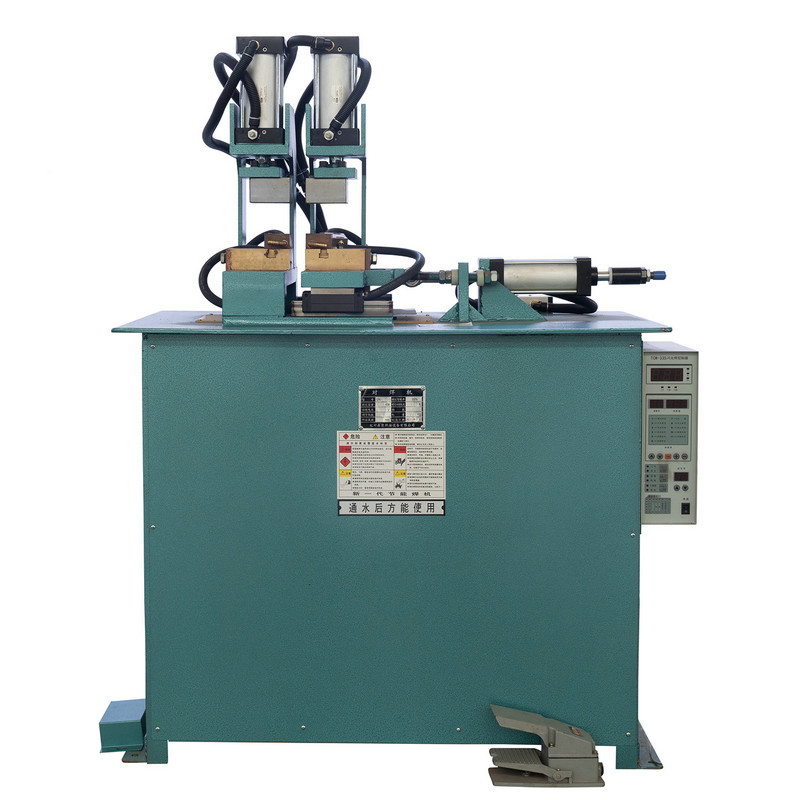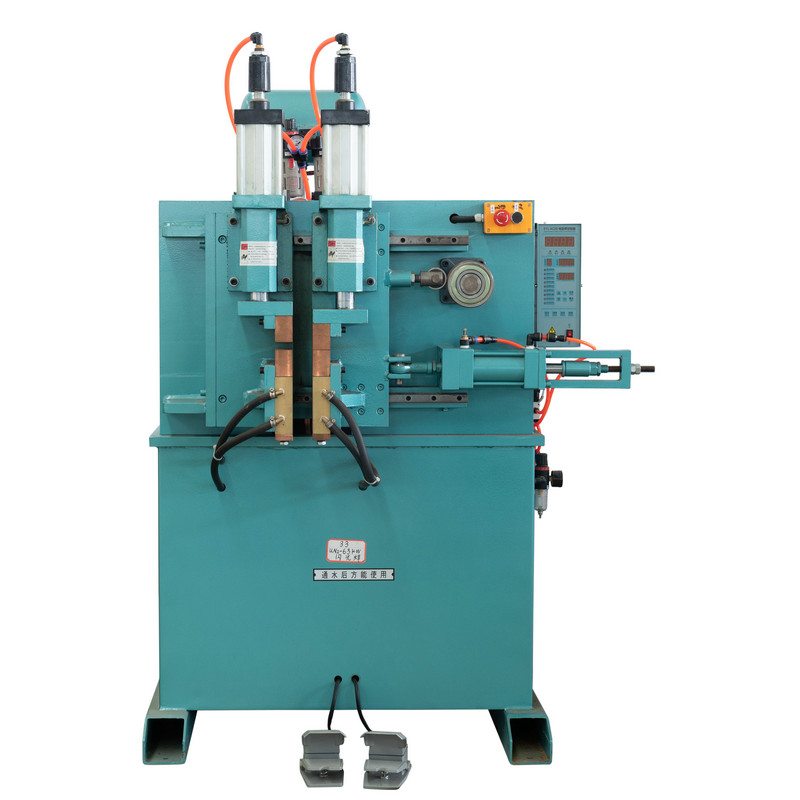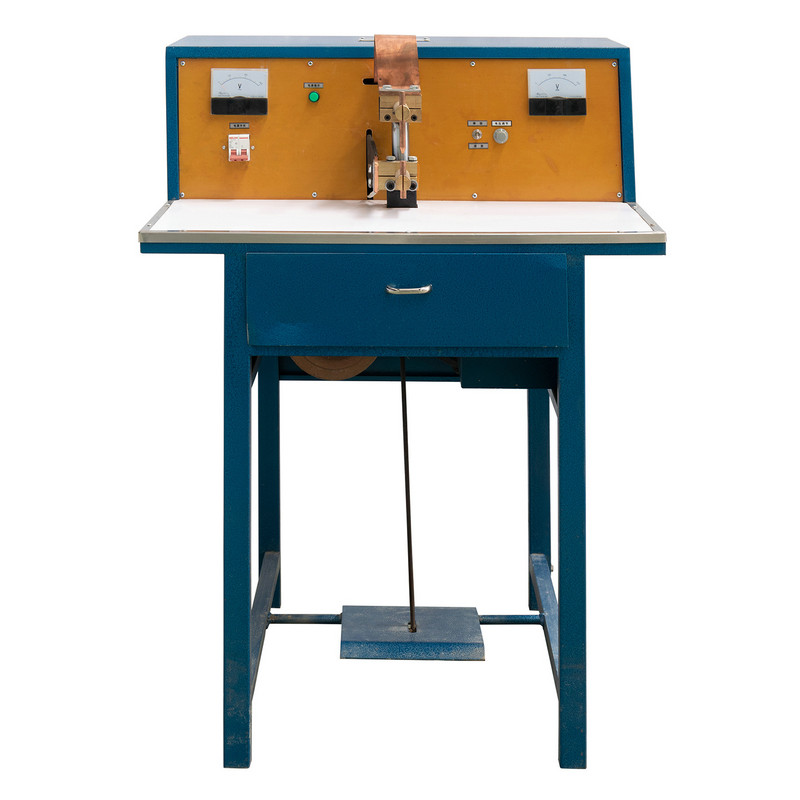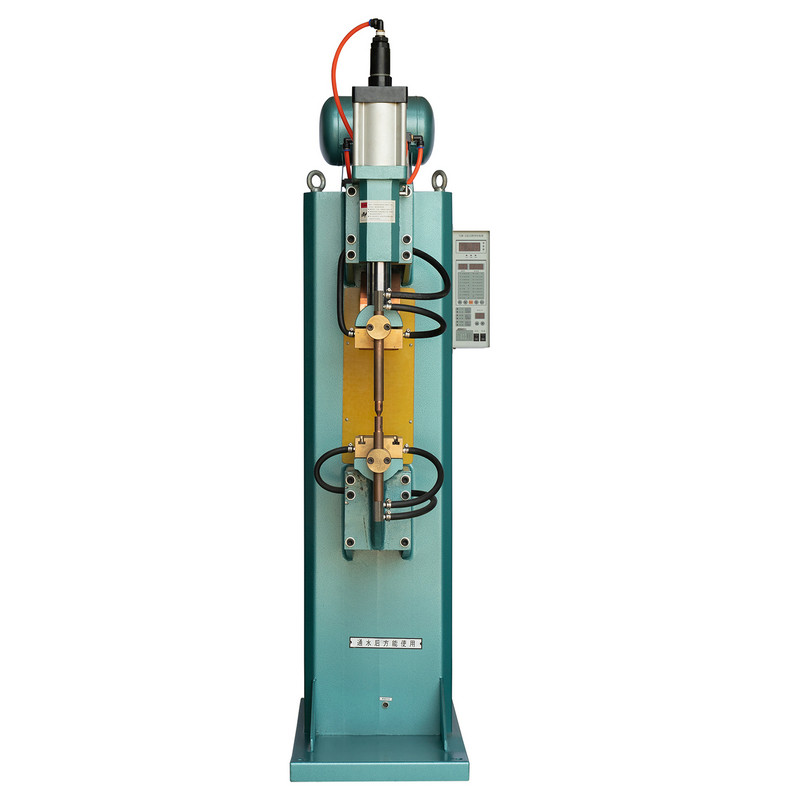1. Reinforced Butt Welding Machine Embraces Intelligent Control for Superior Precision
1.1 From Manual Guesswork to Digital Accuracy
Traditional welding machines have long depended on operator experience, which lacks consistency and reproducibility. The intelligent control system in Reinforced Butt Welding Machines replaces this human-centered approach with digital automation, ensuring consistent output and repeatable precision.
1.2 Centralized Command Hub Drives System Coordination
At the heart of the intelligent system is a centralized processor that integrates data collection, real-time analysis, and command issuance. This processing unit synthesizes sensor input into actionable control signals, optimizing every moment of the welding process without human intervention.
1.3 Seamless Adaptation to Dynamic Welding Conditions
Whether it’s a sudden material variation or arc instability at ignition, the system’s ability to instantly recognize and respond to fluctuating conditions ensures uninterrupted welding flow and high-quality results. The intelligent control system actively adapts to new parameters in milliseconds, safeguarding against defects.

2. High-Precision Sensors Enable Real-Time Parameter Monitoring
2.1 Multi-Sensor Integration Ensures Layered Data Accuracy
Reinforced Butt Welding Machines are equipped with a network of high-precision sensors—each specializing in monitoring a specific welding parameter. These sensors operate as a cohesive unit to gather real-time data on current, voltage, and temperature with millisecond-level responsiveness.
2.2 Current Sensors Maintain Arc Stability and Penetration Depth
Using electromagnetic induction or Hall effect principles, current sensors detect fine fluctuations in amperage, which directly affect arc behavior and weld penetration. Their feedback allows the system to continuously calibrate current levels to ensure deep, uniform, and defect-free joints.
2.3 Voltage Sensors Safeguard Arc Quality and Weld Integrity
Voltage fluctuations can disrupt the arc's behavior and affect bead uniformity. Precision voltage sensors, designed with isolation amplifiers and voltage dividers, filter out noise and provide pure, actionable voltage data. The system uses this to adjust arc conditions and maintain consistent weld formation.

3. AI-Driven Algorithms Power Intelligent Welding Decisions
3.1 Embedded Algorithms Interpret Complex Welding Data Sets
The control system’s core algorithms analyze incoming sensor data, referencing pre-modeled parameter-performance relationships. These algorithms interpret the interplay between current, voltage, and speed to produce optimized output strategies in real time.
3.2 Predictive Modeling Enhances Accuracy Across Materials and Thicknesses
Different welding scenarios require different parameter configurations. The system uses predictive models—trained on extensive experimental data—to adaptively suggest ideal settings for varying metal types, thicknesses, and joint positions, reducing the need for trial-and-error.
3.3 Closed-Loop Control Ensures Continuous Optimization
Beyond initial setup, the system continuously adjusts welding parameters based on feedback loops. The algorithm evaluates welding output quality on the fly and recalibrates operations mid-process, enabling adaptive learning and dynamic response for consistently superior welds.














